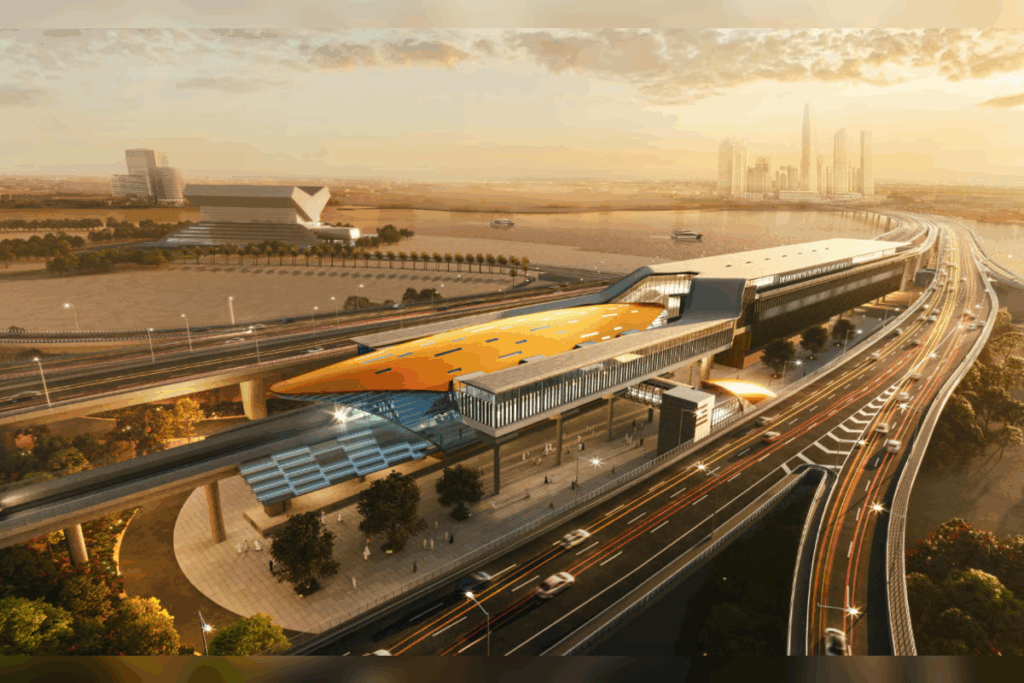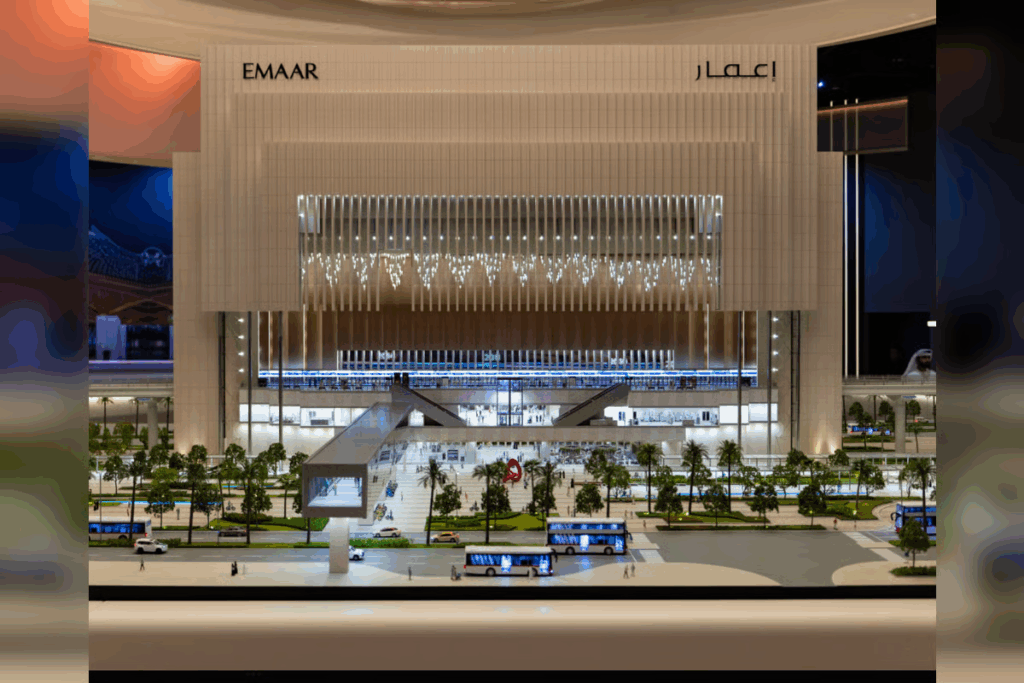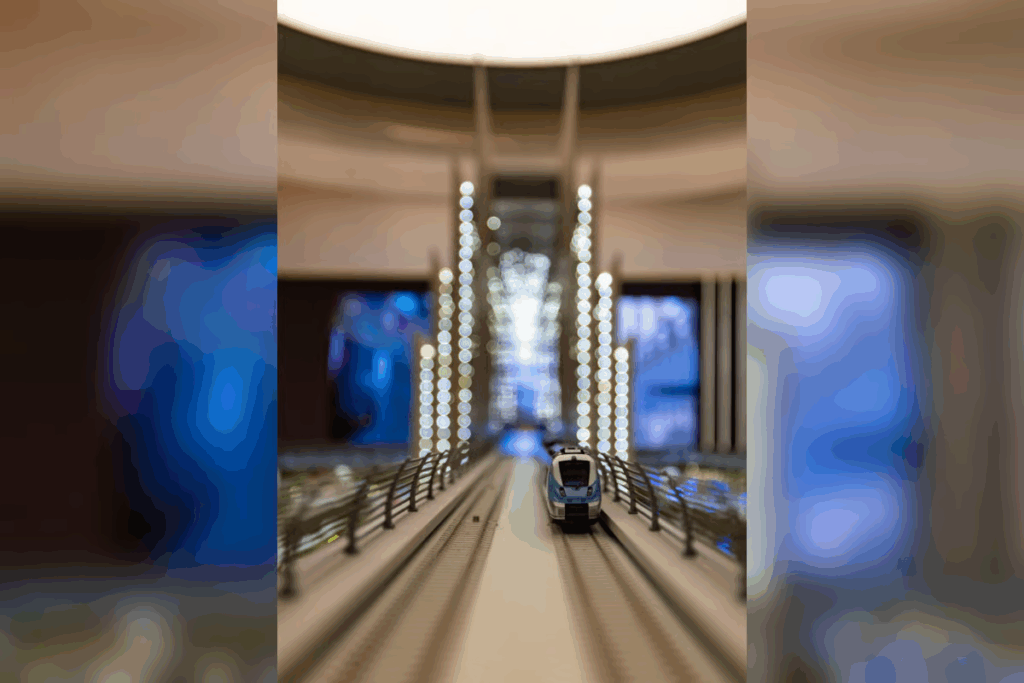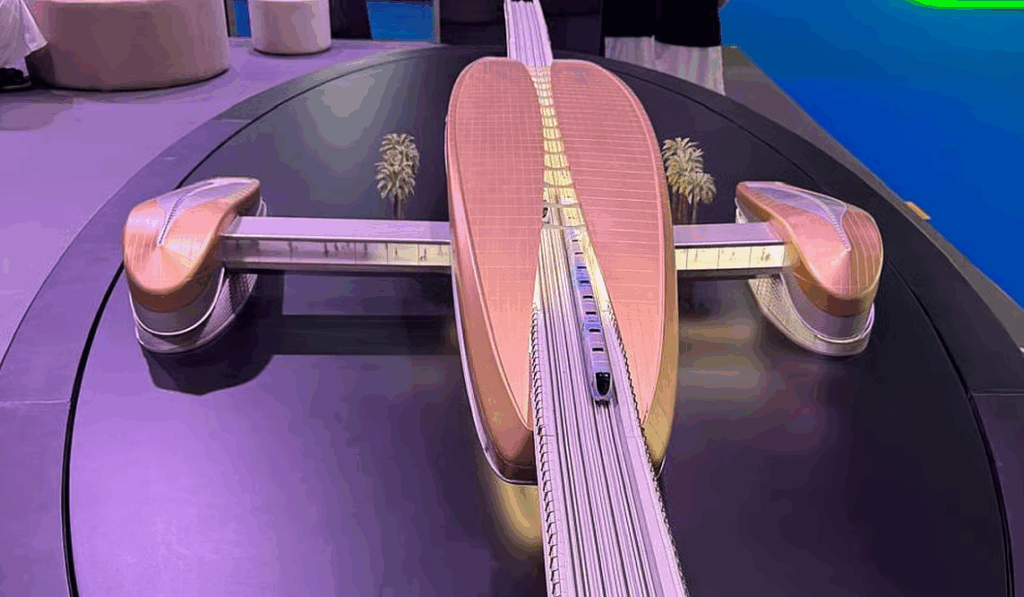UAE is a land of the world’s ‘mosts’ — the fastest, the biggest, the richest. And now the Emirates has added another crown to its urban landscape, the world’s highest metro station under the Blue Line network.
The Dubai Ruler, a visionary long associated with the Metro’s history, laid the foundation stone of the first station of the new network — Emaar Properties — set to begin on September 9, 2029, once again choosing the iconic number nine.
The station’s design looks futuristic, to say the least. It involves a portal-like structure, invoking a literal ‘gateway to the future’, part of Dubai’s vision.

Design masterminds
A natural first question is: Who designed the world’s highest station? On Monday, it was revealed to be none other than the creative minds behind the world’s tallest tower, Burj Khalifa. The renowned American architectural firm Skidmore, Owings & Merrill (SOM) have also designed the Olympic Tower in New York, and the Sears Tower in Chicago.

Standing at a height of 74 metres (242 ft), the station has 3 levels, and includes layers of stunning architecture.

At first glance, its towering walls rise to the skies while remaining firmly rooted in Earth, with warm, natural tones and textures. The ceilings have glass panels, allowing sunlight to stream into the platforms and the lobby.
The platform seems to emerge from the walls of the station, while a pedestrian bridge connects passengers to the metro line. Natural stone and metals blend together in classic Dubai fashion, embracing tradition and modernity. Jura limestone bronze metal will form the wall panels, while the floor tiles are made of granite.

The Blue Line’s design was earlier unveiled in October 2024, when a station model showcased a large, oval-shaped design arching over the tracks, different from the fully-enclosed stations that are currently in use in the Red and Green Lines.

The current design is starkly different from the earlier model, constructing large vertical walls around the platform, while also retaining the typical metro terminal arch used in the Red and Green Lines.
The station stands as a mini-community, with electric vehicle charging points, spaces for drop off, and parking for users surrounded by lush green spaces. Set to transport 160,000 passengers per day by 2040, the station will take commuters to their destination, and a little closer to the future.



